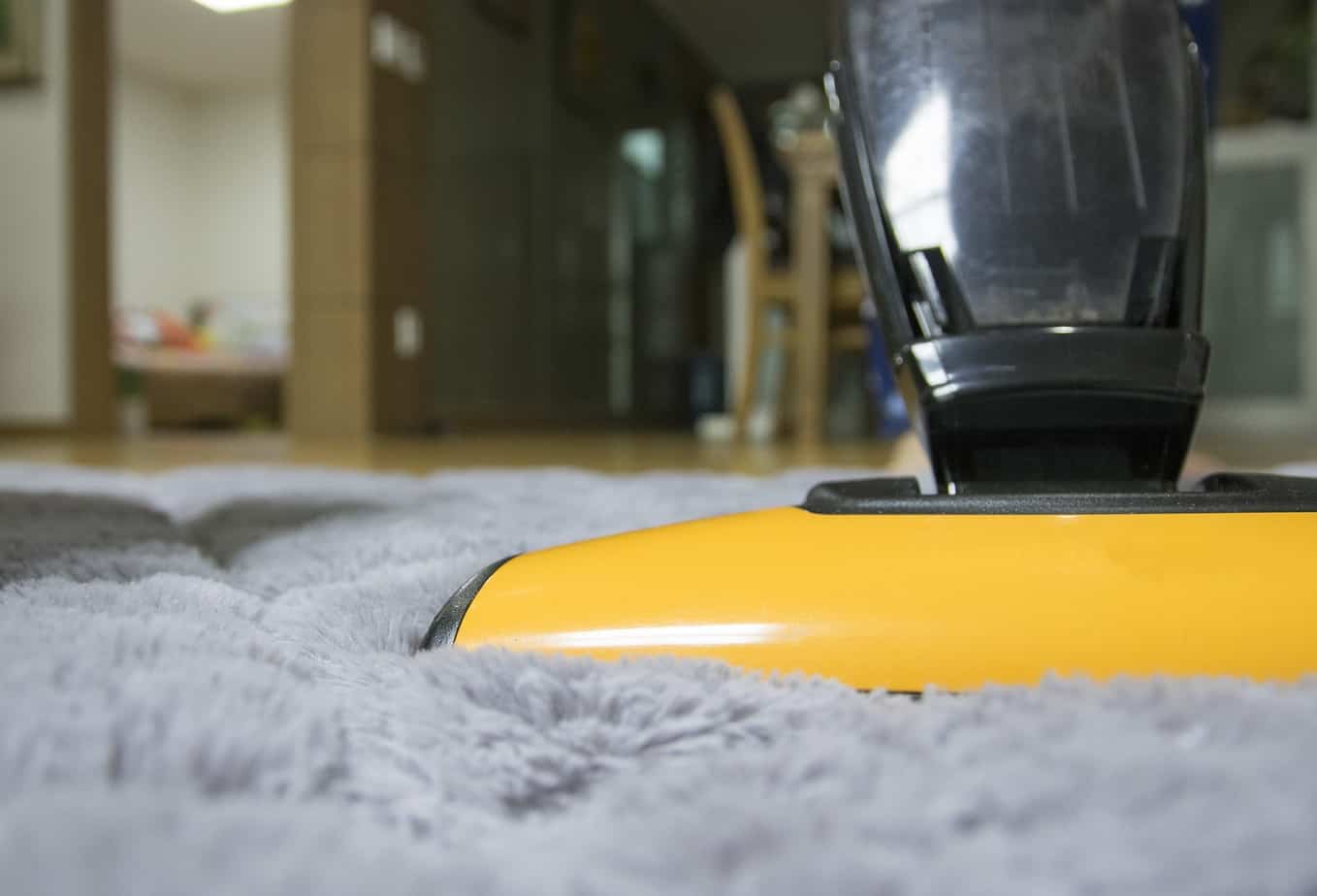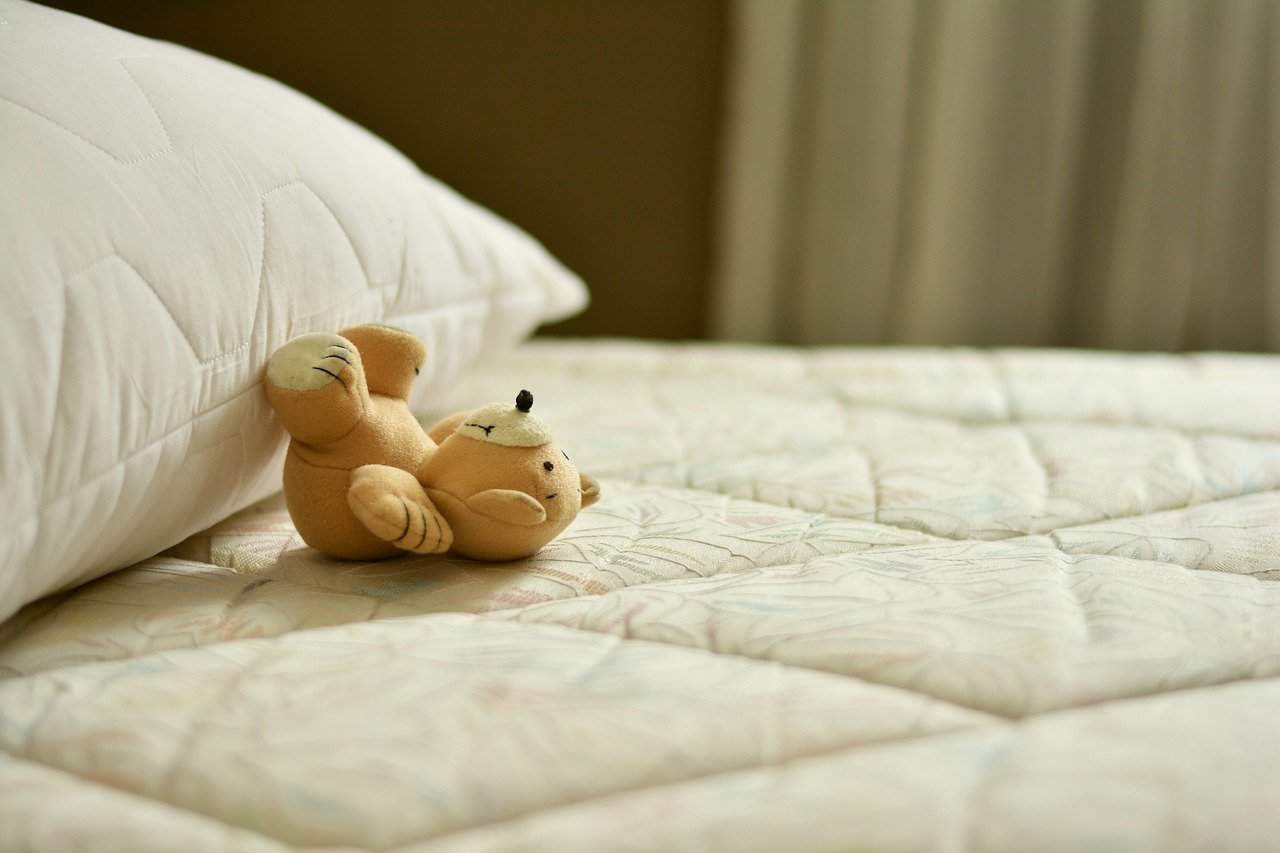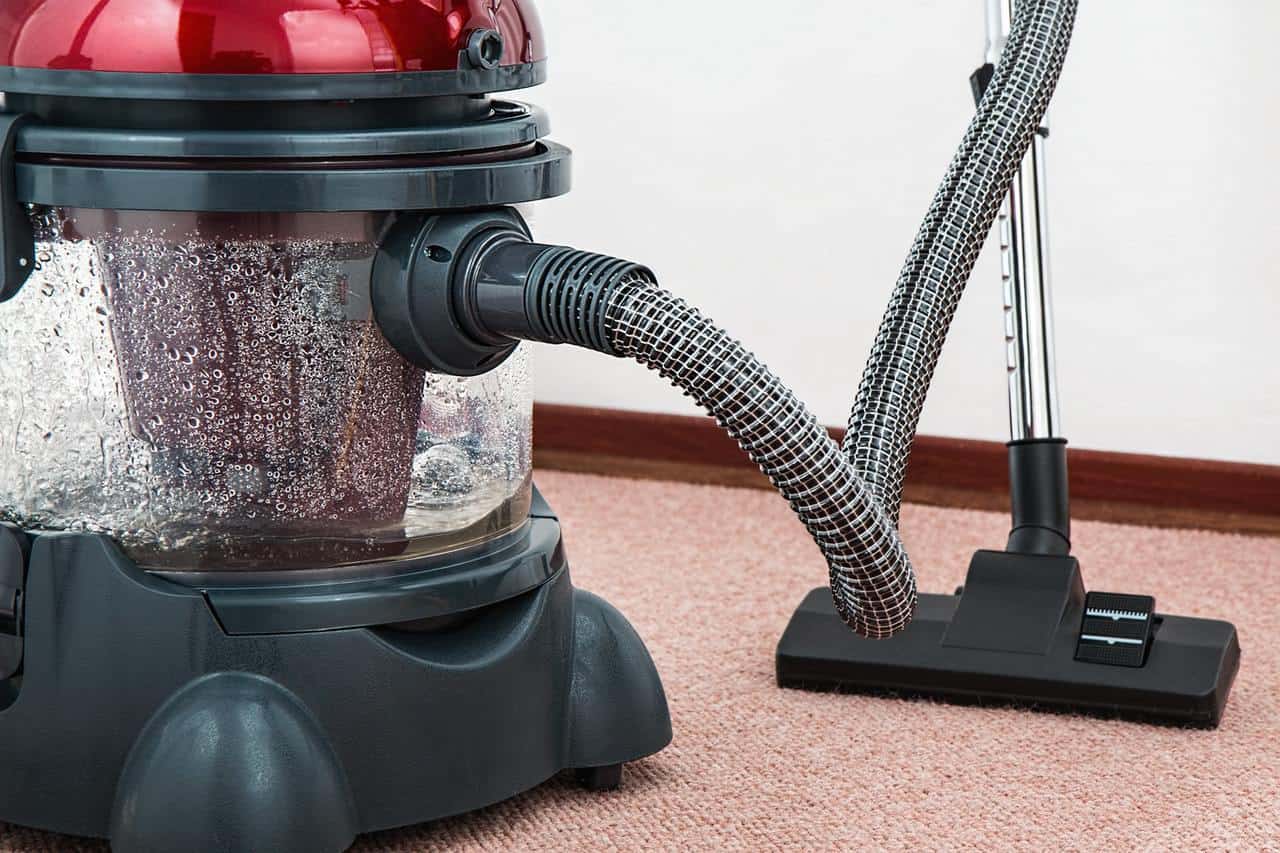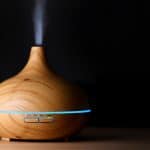
Using steam vapor to remove mold from a surface can seem counter-intuitive. This is because mold spores require oxygen, moisture, and a nutrient source to germinate. By design, steam cleaning effectively introduces moisture to a surface which people believe promotes the growth of mold.
Steam cleaning can effectively reduce the number of viable mold spores on a surface. The effectiveness of a steam cleaner depends on the type being used and the surface being cleaned. Steam cleaners should only be used on non-porous surfaces due to the absorptive qualities of porous materials.
It’s important to understand that mold spores have somewhat of an omnipresence and are around you at all times. Even after thoroughly steam cleaning a surface, mold spores will always be present and will germinate once the ideal conditions for growth are met.
Before we carry on with this discussion, let us mention that clearly the use of steam is closely linked to that of humidifiers since both work by utilizing vapor–so most probably you’re thinking about humidifiers and their link to mold build-up. Read more about the link between mold growth and humidifiers when you head to this informative article.

What is Steam Cleaning
As the name implies, steam cleaning uses vapor steam to sanitize and remove debris build-up. The high temperatures can kill fungi and molds, as well as bacteria and other allergens.
A steam cleaner works by first heating water in a boiler. The boiler converts the liquid to a vapor before exiting the machine through a nozzle. The “steam tip” temperature of most residential units is between 150° and 275° Fahrenheit and the pressure is usually between 58 to 100 psi.
The Importance of Temperature and Pressure in Steam Cleaning
In technical terms, Gay-Lussac’s Law or the Pressure Temperature Law states that the pressure of a given amount of gas held at a constant volume is directly proportional to the kelvin temperature.
Meaning with an increase in temperature, the pressure will go up. This is the basis for how a steam cleaner functions.
Steam cleaners are capable of killing mold because they can reach temperatures between 150° and 364° Fahrenheit. Mold is temperature sensitive and will die at temperatures between 140° and 160° Fahrenheit. However, some molds can create heat-resistant spores that will germinate when ideal conditions are met.
While most people will want to regulate the temperature of their steam cleaner, it’s not possible to do so. Instead, you adjust the pressure. To illustrate:
| Pounds per Sq. Inch (PSI) | Bar (European Metric for PSI) | Average Boiler Temperature (F) |
| 58 | 4 | 293 |
| 65 | 4.5 | 298 |
| 72 | 5 | 311 |
| 87 | 6 | 327 |
| 95 | 6.5 | 335 |
Table data sourced from: myvaporclean.com
What Mold Surfaces Can You Steam Clean?
Steam works well on hard, non-porous surfaces like countertops, flooring made of vinyl, laminate, polyurethaned finished wood, and tile. However, some models are designed specifically to clean furniture upholstery and fabric like curtains, as well as mattresses.

What Mold Surfaces Shouldn’t Be Steam Cleaned?
Walls that have been painted as well as unsealed floors like hardwood, cork, and unglazed tile can be damaged by moisture. The heat from steam can also cause cold window glass to crack, it can melt plastic, and damage delicate surfaces.
Porous surfaces like brick, marble, stucco, and structural wall materials like gypsum board, paper-based products, water-based paint, and wallpaper should not be steam cleaned. Due to being porous, they will absorb the moisture and can even cause mold to develop.
Types of Steam Cleaners
As outlined above, the blanket term “steam cleaner” is used to simply describe a machine that heats water in order to create vapor steam. While this is how they all function, some are more applicable than others when it comes to remedying mold.
-
Handheld Steam Cleaners
A handheld steam cleaner is small, lightweight, and portable. These models are typically restricted to upholstery and fabric surfaces like furniture and clothing. However, they can also be used for countertops, cement and tile, bathroom fixtures, floors, and even appliances.
Handheld steam cleaners are mainly limited by their capacity as their tank reservoir is usually 1-2 cups of water. This also means that their temperature and pressure is limited. Most handheld options will reach temperatures of 230 degrees Fahrenheit and pressures of 3Bar or 43.5 PSI.
If you have small amounts of mold on a surface, a handheld steam cleaner might be suited for your needs. They’re also relatively inexpensive and will cost between $50 – $100.
-
Steam Mops
The purpose of a steam mop is for cleaning floor materials like laminate, grout, vinyl, hardwood, tile, stone, and even carpet. Like handheld steam cleaners, they are also limited by their capacity and can hold 1-2 cups of water.
The biggest down-side of a steam mop is that most don’t have integrated methods for adjusting to specific temperatures/pressures. They will typically have either a “high” or “low” setting and that’s it.
In terms of mold removal, steam mops aren’t recommended.

-
Cylinder Steam Cleaner
Cylinder steam cleaners are similar in size and dimension to that of a canister vacuum cleaner. The dimensions are solely based on the boiler as well as the water reservoir. Cylinder steam cleaners can typically hold 6-8 cups of water.
The larger boiler and increased tank capacity allow for higher temperatures and pressures. A typical cylinder steam cleaner can reach temperatures of 300+ degrees Fahrenheit and 58 – 87 psi (4-6 Bar).
Unlike the steam mop, cylinder steam cleaners are also applicable for multiple surfaces, including floors. They also come with a plethora of accessories and attachments to make steaming more effective on these surfaces. To name a few: mop attachments, window tools, various hard bristle brushes, lance, and extension wands.
If you have a large surface area that’s affected by mold, a cylinder steam cleaner is the best residential option. These machines will cost anywhere from $100 – $800.
-
Commercial Steam Cleaners
These machines are typically for industrial use where sanitation is paramount, like in a Hospital. They’re also used by professional mold removalists or people who specialize in floor and carpet cleaning.
As you might expect, a commercial option is unrealistic for most home owners. Prices for these machines range from $1000 – $5000 depending on the heating element, boiler, reservoir capacity, etc.
For the sake of comparison, a commercial steam cleaner can reach temperatures between 310° and 364° Fahrenheit. In terms of pressure output, they range from 75 – 115 PSI (5.17 – 7.92 Bar). The boiler will typically be 4-5 Liters and the water reservoir will be 4-5 Liters.
If your goal is to kill mold, a cylinder steam cleaner can reach the adequate temper necessary to do so (140° – 160° Fahrenheit). They also have the necessary tools that will allow you to scrub, lance, and reach where necessary.






